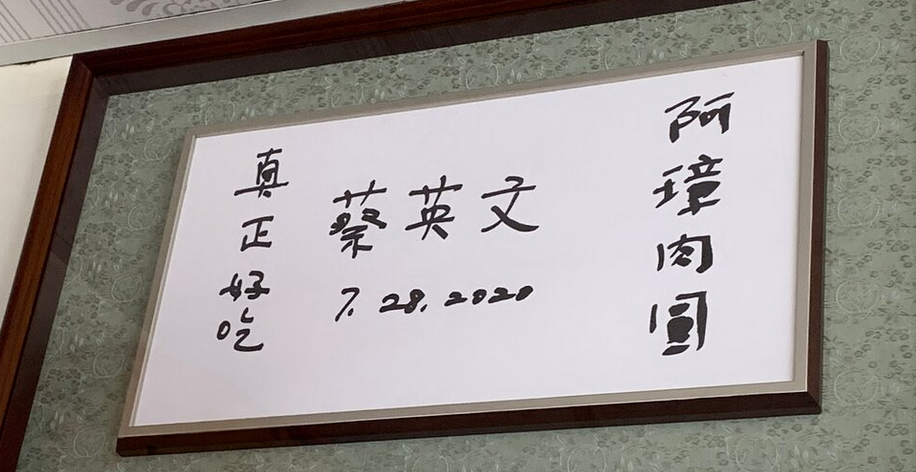https://baike.baidu.com/item/%E7%B1%B3% ... 6/23695061
https://twgreatdaily.com/6c3aec7e07594b ... fe6ea.html
https://en.wikipedia.org/wiki/4th_Portu ... ama,_1502)
Massacre of the pilgrim ship
Late August/Early September 1502 – Business in Batecala done, Vasco da Gama sets sail towards Cannanore. They anchor in around Mount d'Eli, the common touch-point for ships on the Jedda-Calicut route, evidently intending to catch some prizes before proceeding.
September 29, 1502 – After prowling around Mt. d'Eli for nearly a month with little success (they captured only one minor ship[72]), captain Gil Matoso (on the São Gabriel), spots a large merchant ship carrying Muslim pilgrims returning from Mecca (or going to it, chronicles contradict). The ship, the Miri, is identified as belonging to a certain al-Fanqi, one of wealthier men of Calicut and said by some to be the Meccan factor in Calicut.[73] Matoso chases the pilgrim ship down,[74] which surrenders rather quickly, probably imagining that its master had enough money to ransom it off. But Vasco da Gama shrugs off all the offers. As the Portuguese crew plunder the ship and transfer its cargo, it quickly becomes evident that Gama intends to burn the ship with all its passengers – men, women and children – on board. When Gama proves deaf to their pleas for mercy, the passengers frantically attack the Portuguese men-at-arms with their bare hands, to no avail.
October 3, 1502 – a day, eyewitness Thomé Lopes states, "I will never forget for the rest of my days".[75] The pilgrim ship thoroughly plundered, on Gama's orders, the passengers are locked in the hold and the ship burnt and sunk by artillery. It takes several days to finally go down completely. Portuguese soldiers row around the waters on longboats mercilessly spearing survivors.[76]
The sinking of the Miri is an act that will instantly cement Gama's cruel and fearsome reputation, and generate a great deal of hatred for the Portuguese in India. Gama defended his act as "vengeance" for the Calicut massacre of 1500, arguing that the ship's owner, as a prominent person in Calicut, was 'doubtlessly' responsible for the sinister counsel to the Zamorin that led up to it.[77]
Of the eyewitnesses, all mention it, but only Thomé Lopes openly condemns the act, claiming Gama acted "with great cruelty and without any mercy whatsoever".[78] The chroniclers do not shy away from describing the event and their unease is evident. Although Barros and Castanheda reiterate Gama's justification of the act as revenge for Cabral, they do not seem to embrace it themselves.[79] Indeed, Barros, Góis and Osório claim the ship belonged to the Sultan of Egypt, who was in no way responsible for the events in Calicut, thus subtly suggesting Gama may have made a mistake.[80] Gaspar Correia is a little more open in his disapproval. He notes that several of the Portuguese captains were appalled by Gama's decision and tried to persuade him against it (if only because they would forego a hefty ransom).[81] Correia gives a heart-rending account of the desperate and valiant resistance of the doomed passengers.[82] Poet Luís de Camões passes over the incident in silence, evidently feeling it detrimental to the heroic portrait of Vasco da Gama.[83]
Estimates of those killed on the Miri hover around 300.[84] Portuguese chroniclers are eager to report that 20 children were spared this fate, and brought back by the 4th Armada to Lisbon, where they will be baptized and raised as friars at the Nossa Senhora de Belém.[85] Among the eyewitnesses Thomé Lopes and the anonymous Flemish sailor make no mention of this small mercy, although Matteo de Bergamo does point it out.[86]

